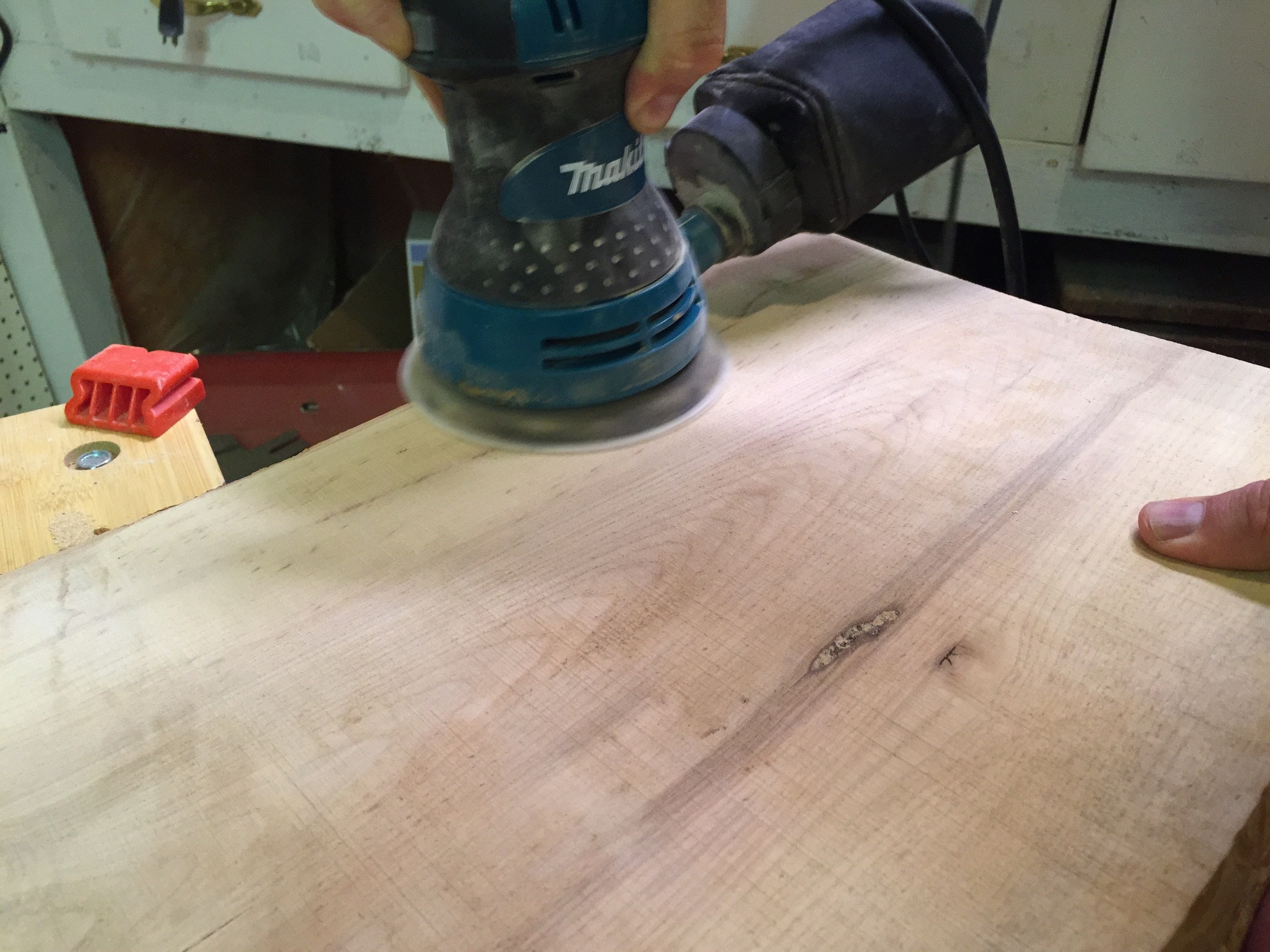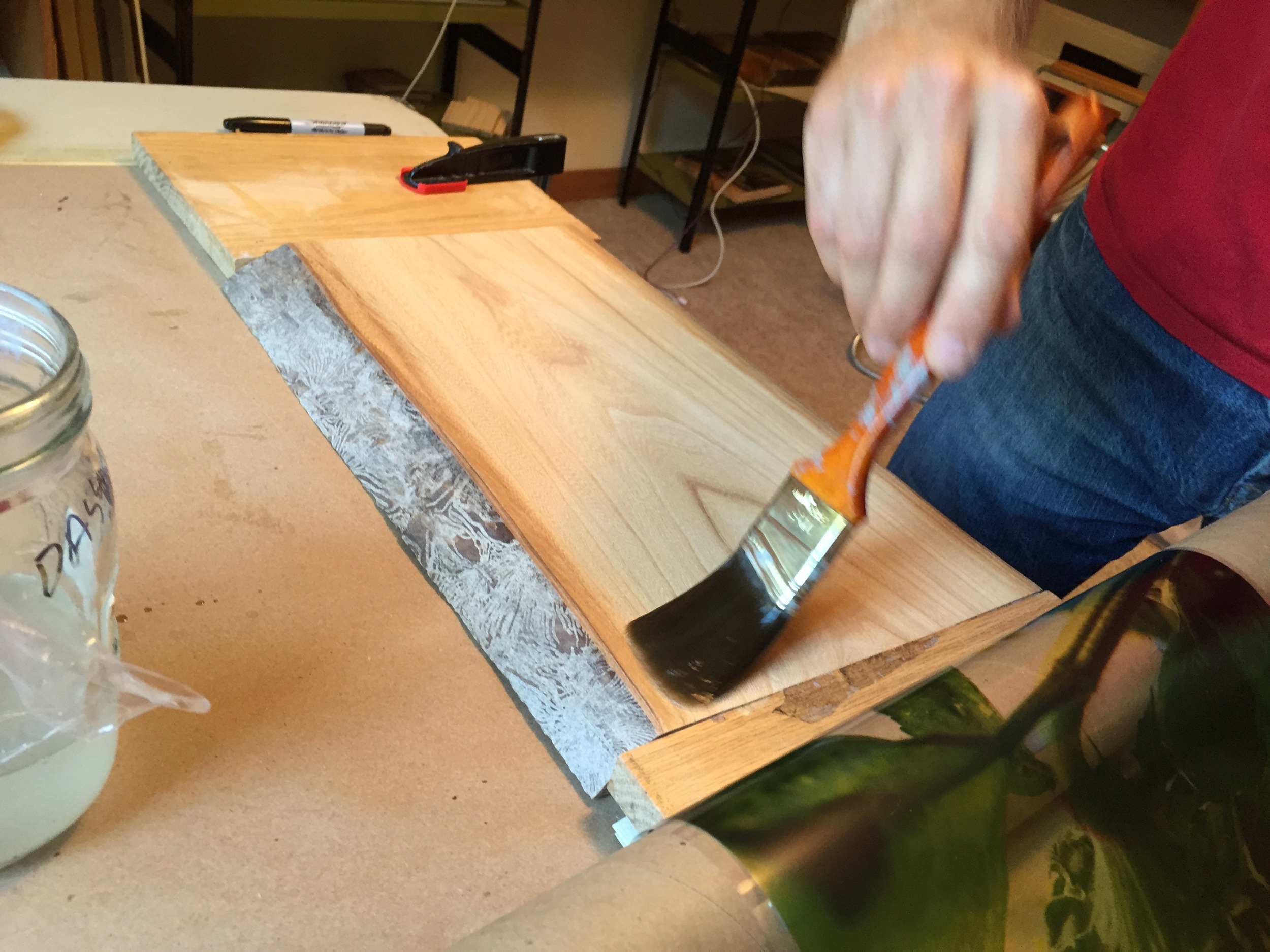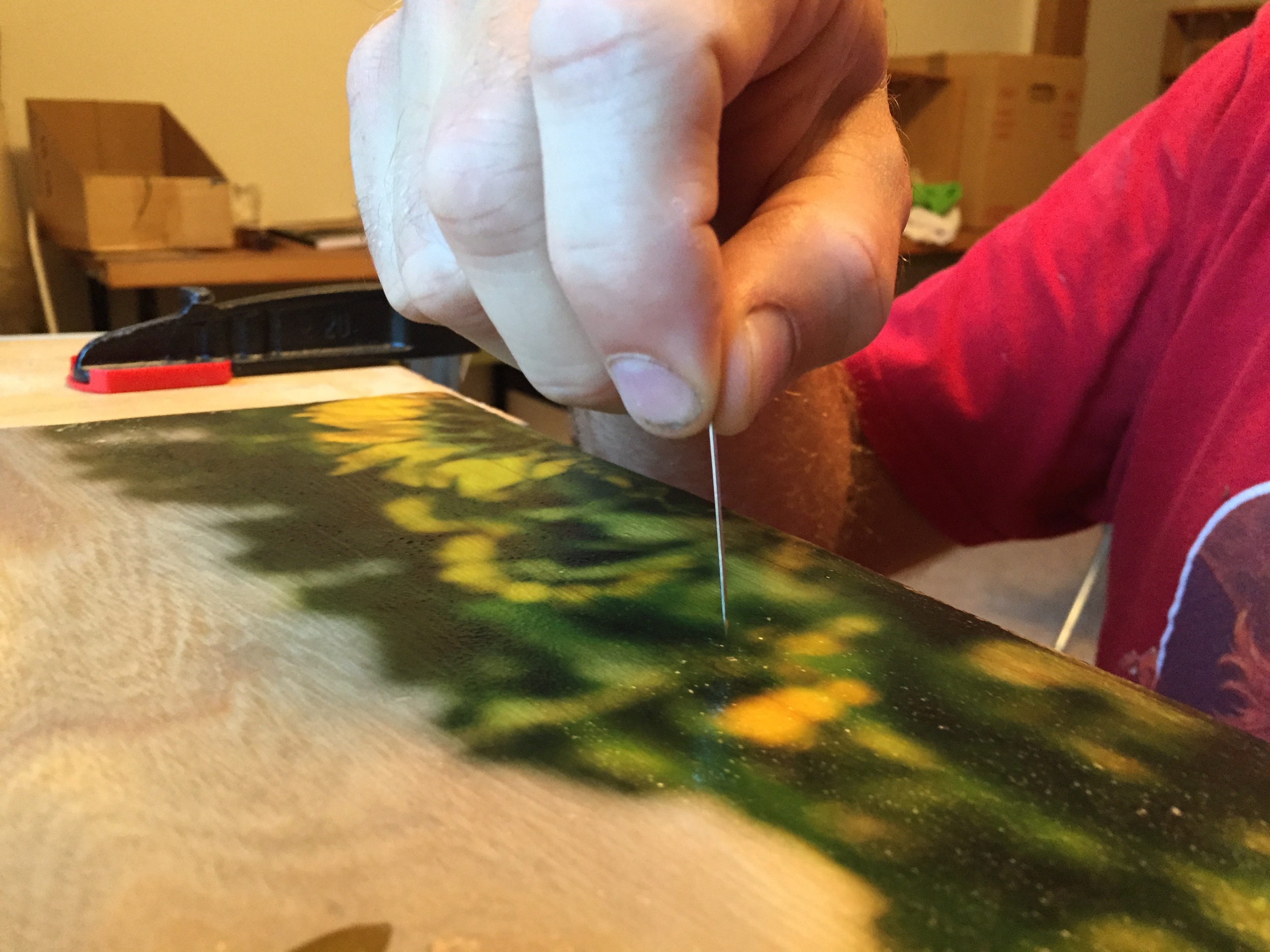I was super excited to appear on Fresh Rag again. This time, Dave and I pull no punches as we discuss conversion and goals. I see red when I meet artists who are working so hard at their craft and websites only to find out they are pouring their hard earned efforts and money down the toilet.
I get that Google Analytics is a bit of a scary beast. And setting up goals and tracking conversions is a bit of a mind boggle to get going. But it is SO SO SO important. If you are selling ANYTHING online, or paying for ANY advertising, I hope you will take a listen to this episode!
http://www.freshrag.com/sean-howard-wants-to-convert-you-to-his-way-of-thinking/
And for anyone looking to understand how to get their heads wrapped around conversions, you can check out Part 1 of my video tutorial on tracking online conversions.
And in Part 2, I walk through how to actually setup a goal in Google Analytics and a trick for tracking newsletter signup conversions in Squarespace.
Finally, I leave you a link to my Medium article on How to Advertise Like a Ninja Online where I walk through the power of conversion and give some additional tips and examples!
I know this can be some heady stuff. I'd love to know what you think! Or any questions you have so I can help to create more content to make this easier for all of us to put into action!













































